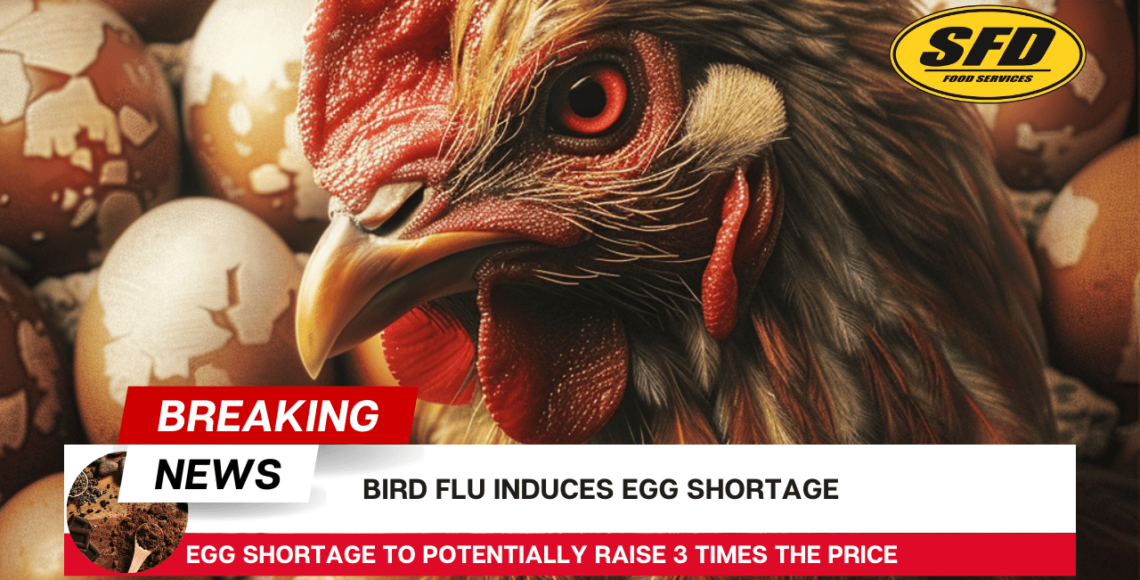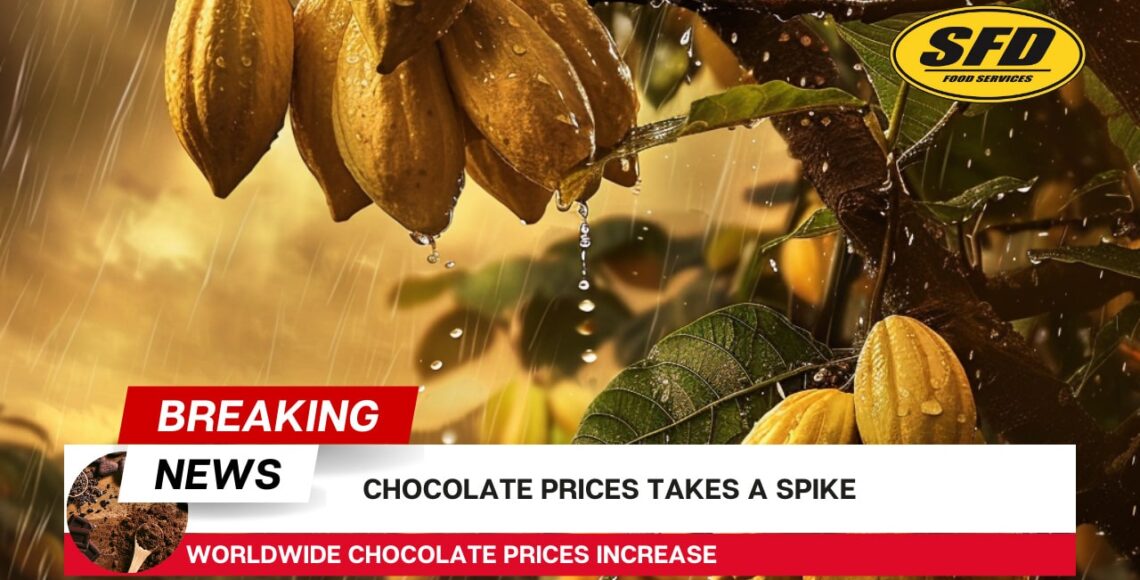Egg Shortage Grips Australia Amid Bird Flu Outbreak
Australia is currently facing a severe egg shortage due to a devastating outbreak of Bird Flu that has swept through poultry farms across the country. This viral infection has significantly reduced the population of egg-laying hens, creating a supply crisis in the market.
Supermarkets have imposed strict limitations on egg sales, allowing customers to purchase only one dozen eggs per visit. This measure aims to ensure that the limited supply is distributed more evenly among consumers. Many shoppers are finding empty shelves where eggs used to be, highlighting the impact of this shortage on daily life.
Moreover, the scarcity has led to a substantial price surge, with egg prices potentially tripling. What was once an affordable kitchen staple has now become a costly commodity. This price increase is affecting households and businesses alike, from families struggling to manage their grocery budgets to bakeries facing higher production costs.
At Sydney Freezers, the team understands how frustrating this situation is for their valued customers. They are taking proactive steps to mitigate the inconvenience. “We’re working diligently to secure additional egg supplies from unaffected regions and alternative sources,” says a representative from Sydney Freezers. By diversifying their supply chain, Sydney Freezers aims to keep their shelves stocked and ensure that customers have access to eggs despite the ongoing shortage.
Efforts are underway to control the Bird Flu outbreak and restore egg production, but recovery will take time. In the meantime, Australians must adapt to these changes and continue to support local farmers working tirelessly to rebuild their flocks. Sydney Freezers remains committed to serving its community and easing the impact of this crisis.
Stay informed and stay strong as this challenging period is navigated together.



